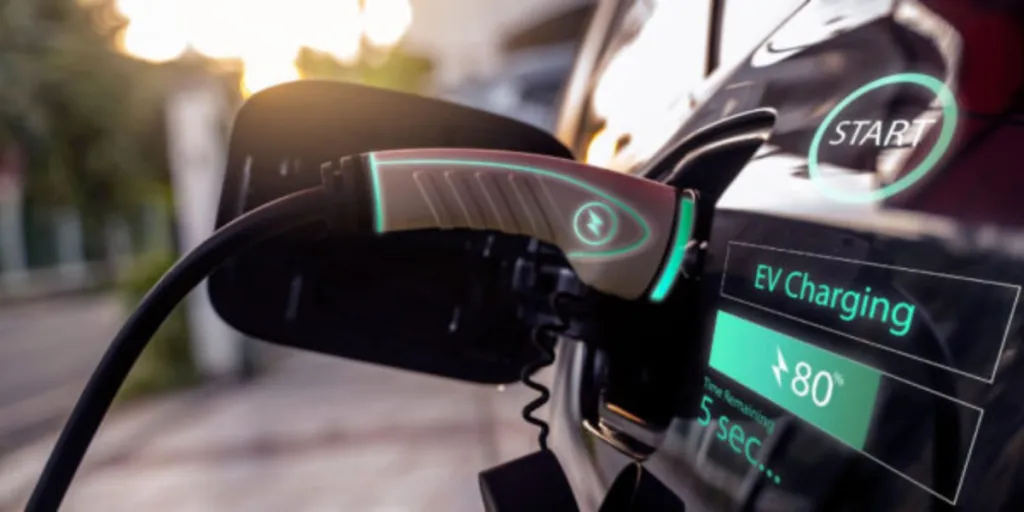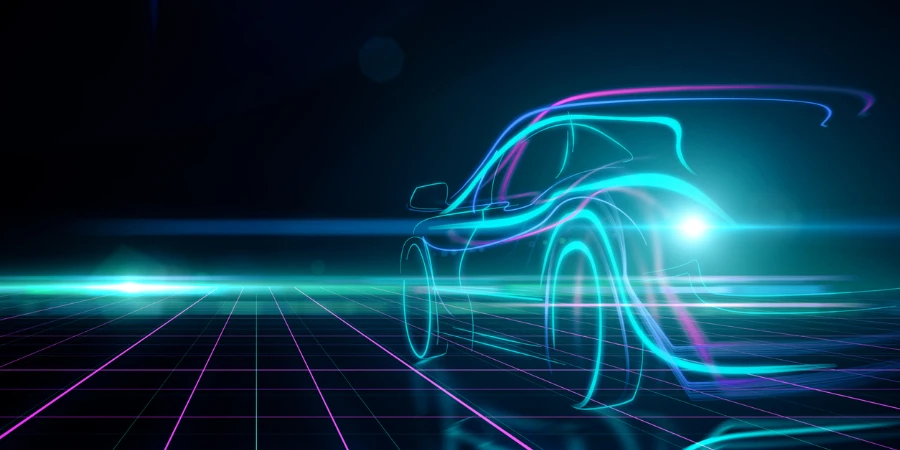As electric and hybrid vehicles slowly gain traction in the car industry, there are an increasing number of owners and businesses hooked into the EV industry.
As such, another adjacent and growing market segment is EV charging equipment. However, it can be difficult to know which charging equipment to source and the details can be confusing when compared to regular charging equipment.
In this blog, we will walk you through types of EV charging equipment and what to look for before you settle on a system.
Table of Contents
An overview of the EV charging market
What types of EV charging equipment are there
What to look for when selecting the ideal EV charging equipment
Conclusion
An overview of the EV charging market
There is no doubt that with the rise of EV manufacturing and a growing and dedicated base of EV car owners, we’re currently witnessing a booming demand for EV charging around the world. For perspective, in 2021, the EV charging market size was valued aroundUS $14.49 billion, butis forecast to reach an astonishing US $128.13 billion by the year 2030, at a CAGR of 28.2%.
This reflects how consumers are buying into the whole electric car hype and shifting their interest toward utilizing new vehicles to reduce pollution and improved driving experiences. The budding use of electric vehicles also comes with an increased need for convenient charging and accessible public charging stations.
What types of EV charging equipment are there
Before digging into the types of charging equipment that are available, it’s important to first understand EV charger levels. There are 3 levels:
Level 1 chargers
Level 1 chargers utilize a 120-volt plug with nozzle cords, which come free with new EV vehicles. Car owners can easily plug these into their household power sockets, such as in their garage. They’re most compatible with plug-in hybrid electric vehicles (PHEVs) and low-mileage vehicles. On the flip side, level 1 chargers are also the slowest charger out there and can take up to 20 hours to fully charge an EV.
Level 2 chargers
Level 2 chargers: run on a 240-volt power supply and can also be utilized in residential homes. They’re much faster compared to level 1 chargers. However, they consume a lot of voltage, so require a robust electrical setup to operate, which is more expensive to set up.
Level 3 chargers
Level 3 chargers utilize a DC current for faster charging. They’re mostly used for commercial purposes and so aren’t feasible for residential use.
With that out of the way, let’s see what EV charging equipment consumers are looking for and using:
Individual adapters
First, individual adapters. These are connectors used on the end of charging cords for electric vehicles. Most individual EV charging adapters are compatible with level 1 and level 2 charging stations, which can be used at home.
Cords
Next up are EV cords, which are designed to plug in EVs to their respective chargins stations. Cords are designed to offer protection from battery overheating as well as from electrical surges and spikes.
Charging cord holders
Another major component of EV charging equipment are the holders. These come with a hook so that they can hung up when not in use. Holster docks generally come with basic nozzle holders or J-hooks.
Installed charging stations
Sometimes, however, it’s better to buy a charging station in full. EV charging stations can be sourced in specific electric configurations and with plugs that suit outlets for home or commercial use as well as for indoors and outdoors.
What to look for when selecting the ideal EV charging equipment
When sourcing ideal EV charging equipment, it is important to consider the following parameters so as to make an effective purchase decision:
Length of the cord
Before looking at cord length, make sure the cable itself is made from robust material so as to prevent shocks. Depending on whether the charging station is going to be indoors or outdoors, the cable length is also important, allowing you to connect a vehicle easily with space to spare.
The electric panel
Firstly, homeowners should assess their current electric panel to make sure they have the capacity for a charging station. If their existing electric panel meets the requirements, then most 32-amp charging stations will be sufficient. However, some situations and charging stations may require 50-amp circuits.
Hardwire or plug-in?
Hardwire describes connecting the unit to the power supply permanently. On the other hand, plug-in systems are only a temporary installation. If the charger is designed to provide more than 40-amps, then a hardwire system is more suitable.
Inside or outside charging?
Consumers must also decide whether or not to install the charging station in or outside. This decision is likely to be influenced by factors such as their house’s location as well as the climate. During cold weather, indoor charging stations are more convenient and are able to maintain their temperature, protecting the charging stations’ components.
Safety
The last factor to consider is whether the charging equipment is safe, can be kept out of the reach of children and animals, and doesn’t damage the environment. Buyers must therefore request a product’s certification from the manufacturer to assess its safety.
Conclusion
The EV charging market will continue to grow as car consumers shift toward electric.
In a few years, this growth will be huge. As such, wholesalers and other businesses must begin to grasp different consumers’ requirements and their preferences depending on location and various markets around the world.
Ensure your target market has access to ideal charging stations and equipment, meeting their specific demands.




